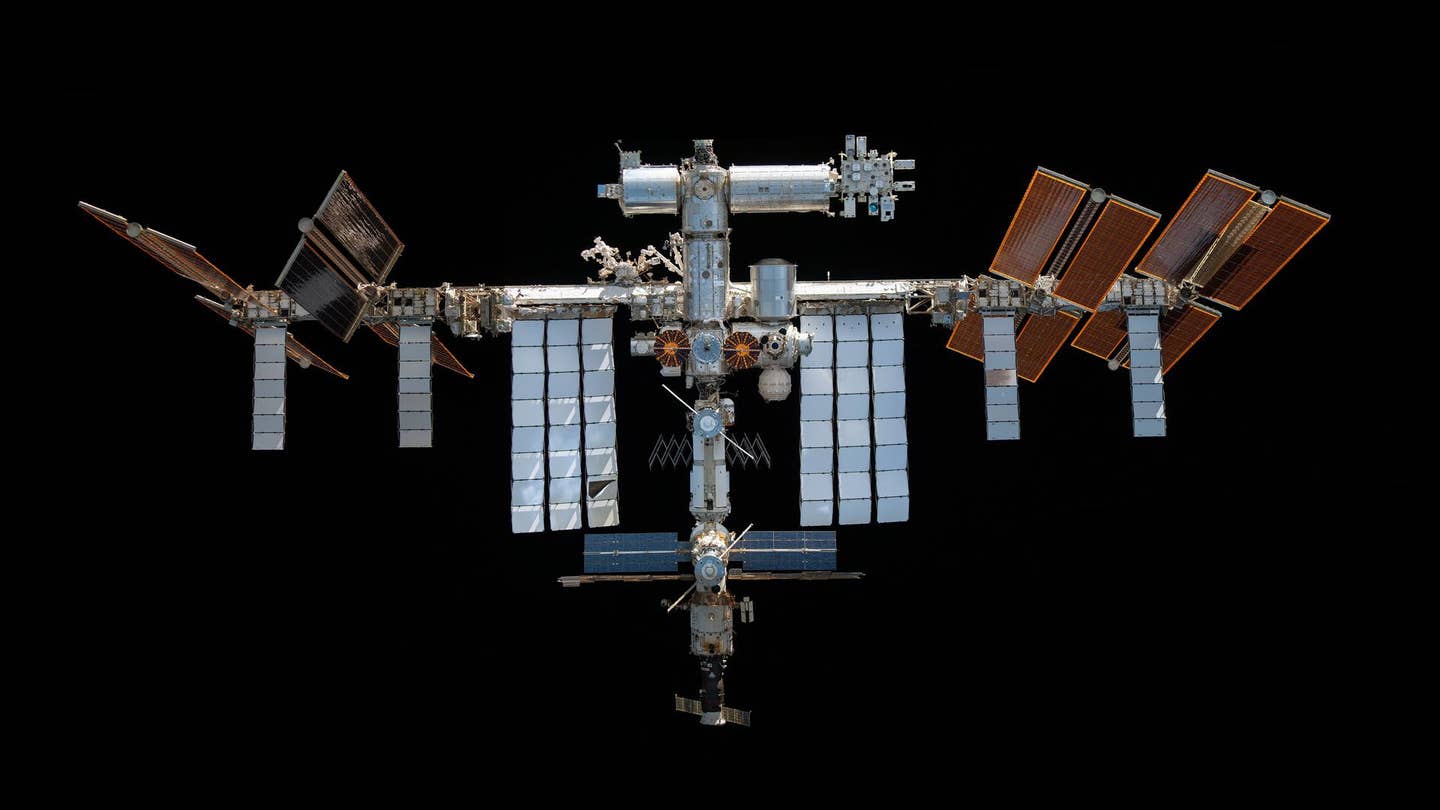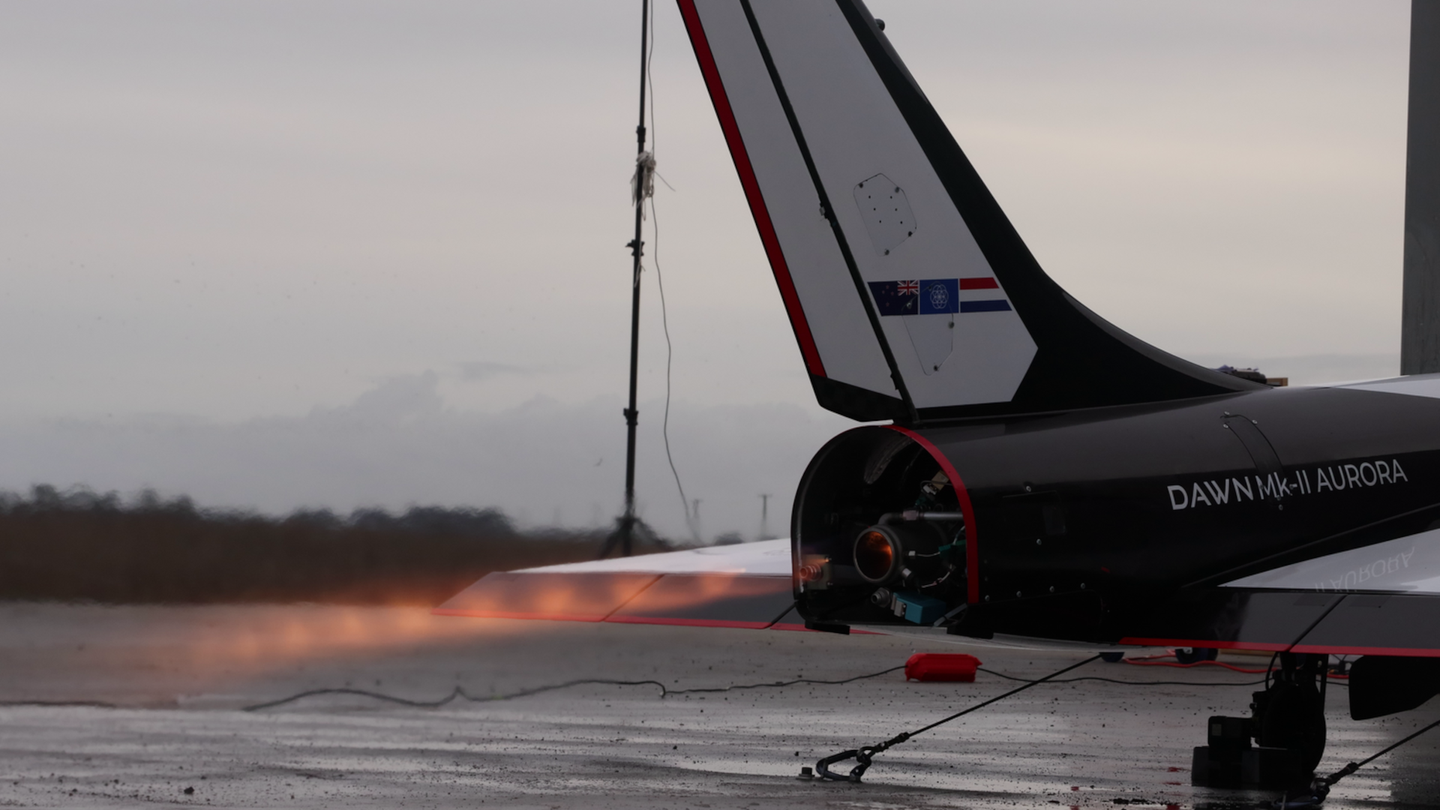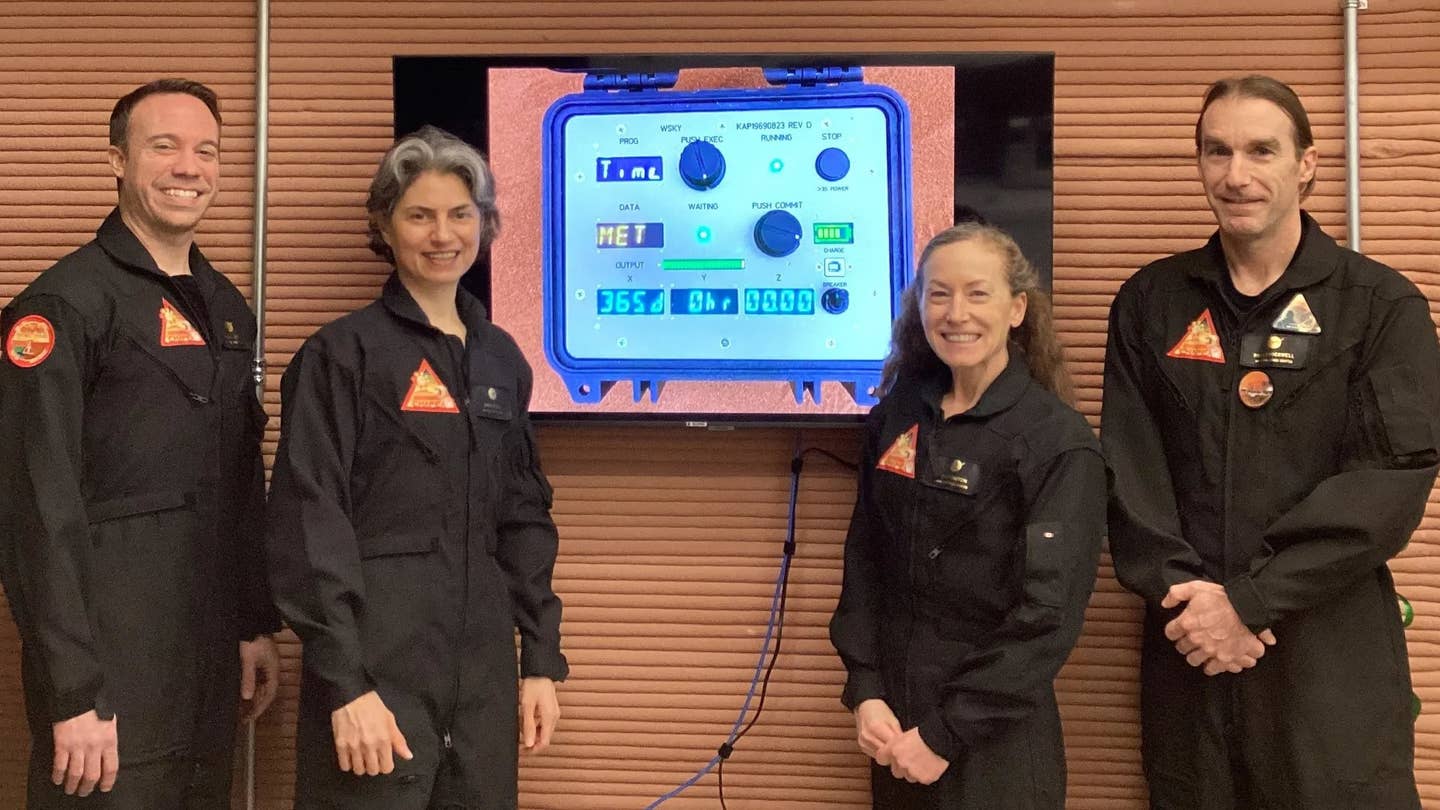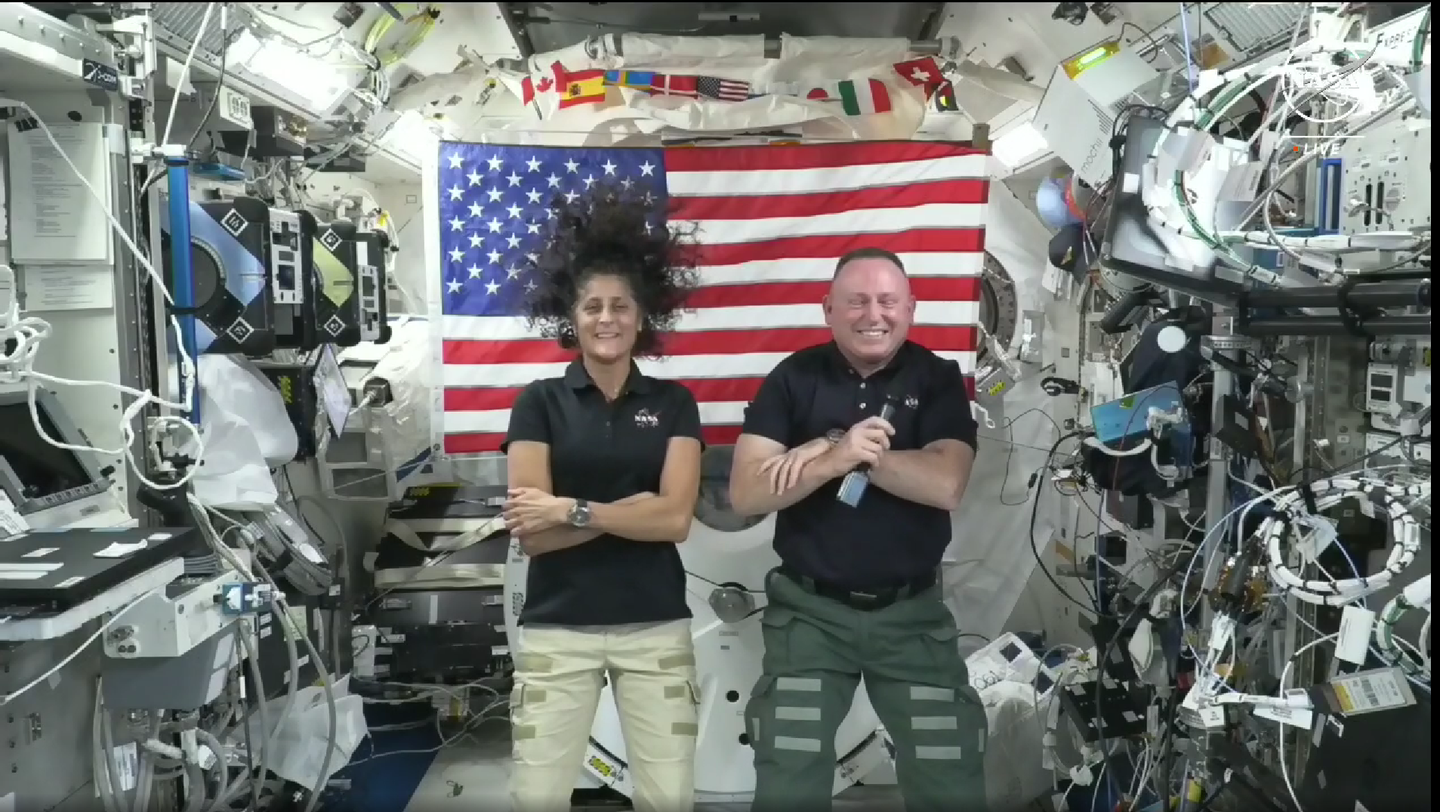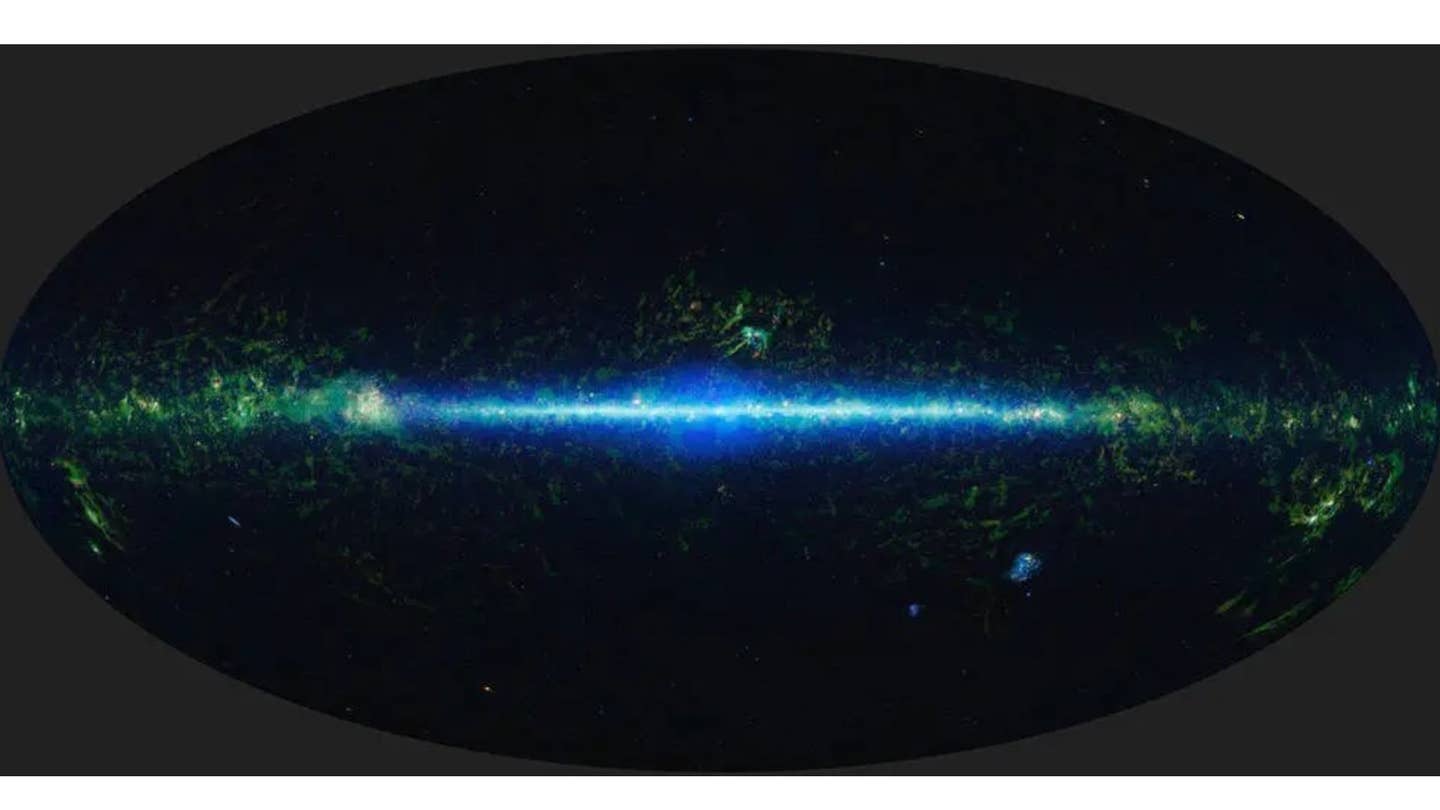‘Propulsion Anomaly’ Reported After Launch of First U.S. Commercial Lunar Lander
United Launch Alliance’s (ULA) Vulcan rocket payload included Astrobotic’s Peregrine Lunar Lander.
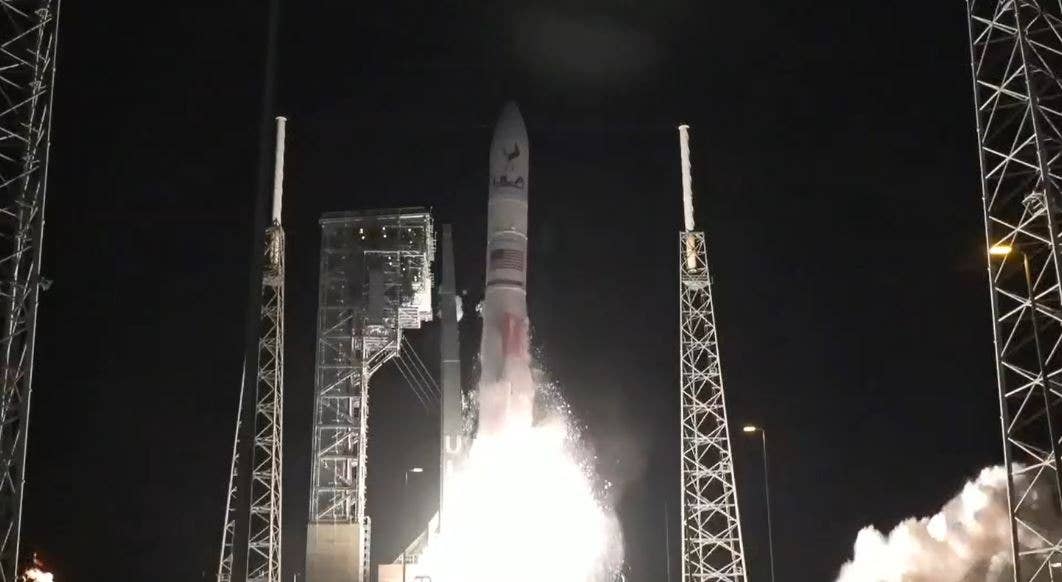
As part of NASA’s commercial lunar payload services initiative, Astrobotic’s Peregrine lander launched on United Launch Alliance’s (ULA) Vulcan rocket at 2:18 a.m. EST from Launch Complex 41 at Cape Canaveral Space Force Station in Florida. [Courtesy: NASA]
The first U.S. commercial lunar payload services (CLPS) mission launched before dawn Monday, headed to the moon with a payload of NASA instruments to study the lunar surface.
Hours into the mission, however, a "propulsion anomaly" potentially threatened the success of the lander reaching the moon's surface as planned.
United Launch Alliance's (ULA) Vulcan rocket launched Astrobotic’s Peregrine lander at 2:18 a.m. EST from Space Launch Complex 41 at Cape Canaveral Space Force Station in Florida.
- READ MORE: What Did the U.S. Just Put in Orbit?
“The first CLPS launch has sent payloads on their way to the moon—a giant leap for humanity as we prepare to return to the lunar surface for the first time in over half a century,” NASA Administrator Bill Nelson said in a statement. “These high-risk missions will not only conduct new science at the moon, but they are supporting a growing commercial space economy while showing the strength of American technology and innovation. We have so much science to learn through CLPS missions that will help us better understand the evolution of our solar system and shape the future of human exploration for the Artemis Generation.”
The first U.S. commercial robotic launch to the Moon successfully lifted off Jan. 8 on the first flight of @ULALaunch’s #VulcanRocket. @Astrobotic’s Peregrine Mission 1 lander is expected to reach the lunar surface in February: https://t.co/csvx73ZqgP pic.twitter.com/N7Mxiqi8GC
— NASA (@NASA) January 8, 2024
Around 50 minutes after launch, the Peregrine lander separated from Vulcan around 500 kilometers (310 miles) above Earth and successfully powered on.
"After successfully separating from United Launch Alliance’s Vulcan rocket, Astrobotic’s Peregrine lunar lander began receiving telemetry via the NASA Deep Space Network,"Astrobotic said in a mission update Monday on X, formerly Twitter. "Astrobotic-built avionics systems, including the primary command and data handling unit, as well as the thermal, propulsion, and power controllers, all powered on and performed as expected. After successful propulsion systems activation, Peregrine entered a safe operational state.
"Unfortunately, an anomaly then occurred, which prevented Astrobotic from achieving a stable sun-pointing orientation," the post said.
In a second mission update, the company said it believed "that the likely cause of the unstable sun-pointing is a propulsion anomaly that, if proven true, threatens the ability of the spacecraft to soft land on the moon. As the team fights to troubleshoot the issue, the spacecraft battery is reaching operationally low levels."
As Peregrine headed toward a period of known communication outage, the Astrobotic team developed and executed an improvised maneuver to reorient its solar panels toward the sun, it said. By midday, Astrobotic reported that it had successfully regained communications with Peregrine, and that the improvised maneuver had been successful in reorienting its solar array towards the Sun.
"We are now charging the battery," it said in the third mission update on X. "The Mission Anomaly Board continues to evaluate the data we're receiving and is assessing the status of what we believe to be the root of the anomaly: a failure within the propulsion system."
Vulcan's Inaugural Launch
The launch—the first certification flight (Cert-1) for ULA's next generation Vulcan rocket— serves as the first of two flights required for U.S. Space Force certification.
"The second certification mission (Cert-2) is planned to launch in the coming months, followed by a summer launch of the first Vulcan mission to support national security space," ULA said.
Said Tory Bruno, ULA’s president and CEO, in a statement: "Vulcan’s inaugural launch ushers in a new, innovative capability to meet the ever-growing requirements of space launch.As we build on today’s successful launch, the team will continue to work towards our future biweekly launch rate to meet our customers’ manifest requirements, while continuing to develop future Vulcan upgrades including SMART reuse plans for downrange, non-propulsive recovery of Vulcan engines.”
In addition to Astrobotic's first Peregrine Lunar Lander payload, the Cert-1 mission also included the Celestis Memorial Spaceflights deep space Voyager mission, the Enterprise Flight. Peregrine is carrying 20 payloads from 16 commercial customers representing seven countries.
"The payloads come from space agencies, universities, companies, and individuals across the globe," Astrobotic said. "This includes the first lunar surface payloads from the Mexican and German space agencies, and the first lunar payloads from the countries of the United Kingdom, Hungary, and Seychelles. One of the payloads, DHL MoonBox, contains mementos and messages from over 100,000 individuals around the world."
When Peregrine attempts to land on the moon on February 23, it will be the first U.S. lander to do so in more than 50 years.

Subscribe to Our Newsletter
Get the latest FLYING stories delivered directly to your inbox

